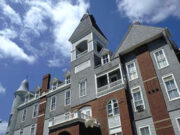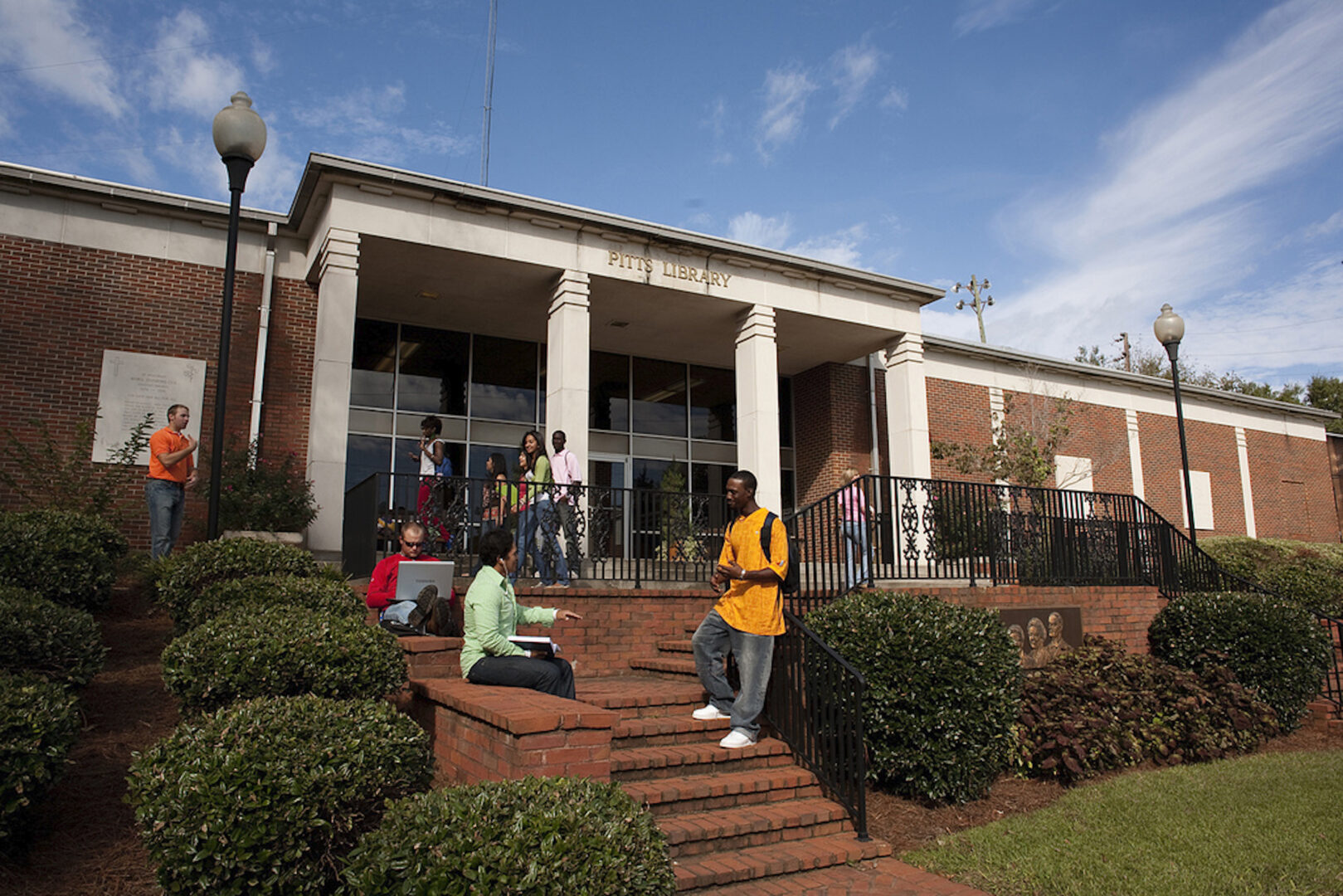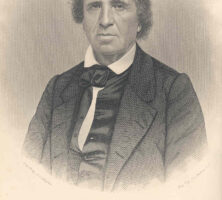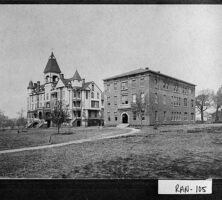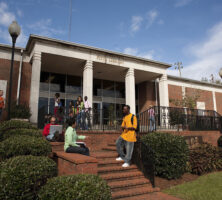Andrew College, founded in 1854, is located in Cuthbert in southwest Georgia. Its mission is to provide an academically challenging liberal arts curriculum within a nurturing community. Originally an academy and four-year institution, Andrew Female College, as it was called, became the second college in the nation to confer graduate degrees upon women. Affiliated today with the United Methodist Church, Andrew College was named for Bishop James Osgood Andrew, who was instrumental in the founding of the Methodist Episcopal Church, South. The first president of the college was a Presbyterian minister.
When the Civil War began in 1861, enrollment, which had been growing, fell. During the war classes were held in private homes but were never suspended. Referred to as Hood Hospital, the college building was used as a facility to nurse wounded soldiers. Many of the soldiers who died at Hood Hospital were buried in the historic Greenwood Cemetery in Cuthbert.
After the war Alexander L. Hamilton became president of the college and served two terms (1866-71 and 1876-81). He was the state school commissioner in Missouri before serving as a chaplain in the Confederate army. He died in Cuthbert in 1881 and is buried in Western Cemetery. At the request of the Board of Trustees, his wife, Eudora Moore Hamilton, assumed the presidency for the rest of the year after his death. Hamilton’s most lasting legacy was the introduction of a physical education curriculum, the first for women in the United States.
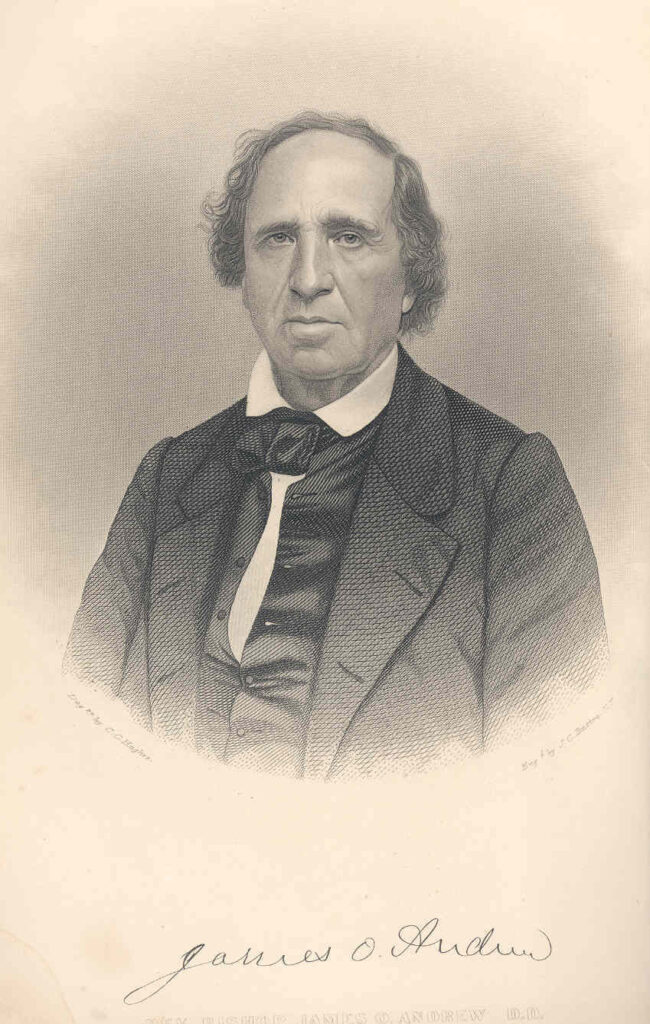
Courtesy of Andrew College
Andrew College continued to grow and became well known for its excellent arts and letters programs. The college experienced a crippling blow in April 1892, however, when all of its buildings were destroyed in a fire. The citizens of Cuthbert and Randolph County met the day after the fire to pledge money to rebuild the school. By the following September the school was ready to reopen.
Old Main, built in 1892 and now known as the Ethel McDonald Castellow Building, cost $25,000 to build. The five floors housed the entire college facility—the president’s and faculty’s quarters, the boarding rooms, the classrooms, the chapel, the library, and the auditorium. Today Old Main is still the flagship building of the institution.
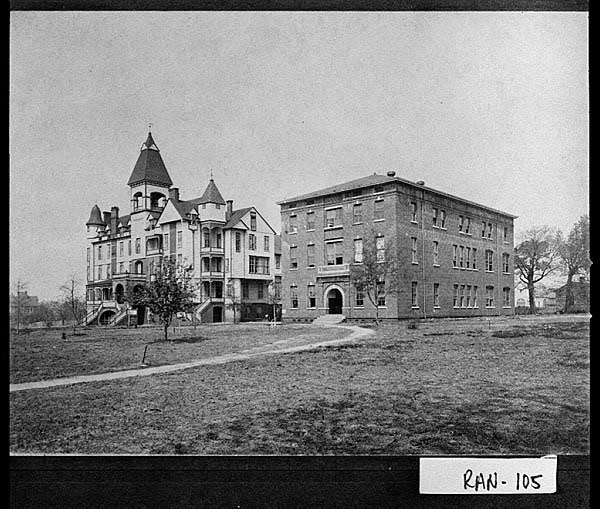
Courtesy of Andrew College
Warren Bush Hall, named for a professor, was built in 1900 to accommodate more classrooms. Cuthbert Hall, built in 1912, connected the two buildings. Early in the twentieth century, Dumas Malone, the eminent Thomas Jefferson historian and biographer, spent two years (1914-16) at the institution teaching Greek and religion. During this time the academy classes were dropped, as was the word “Female” from the college title. In 1917 Andrew became a two-year college.
In 1948 William and Lila Pitts and their daughter, Margaret, benefactors of the United Methodist Church, donated the money for the Pitts Memorial Library, which today houses the fine arts division and is known as the Suarez Fine Arts Building. The college became coeducational in 1956 in order to increase program offerings and enrollment; five men graduated in the class of 1958. The 1960s and 1970s saw an increase in the physical plant of the college. The Mitchell, Patterson, and Rhodes residence halls were built, as well as the Parker Building, which housed the gymnasium. A new library, also named for the Pitts family, was built in 1967.
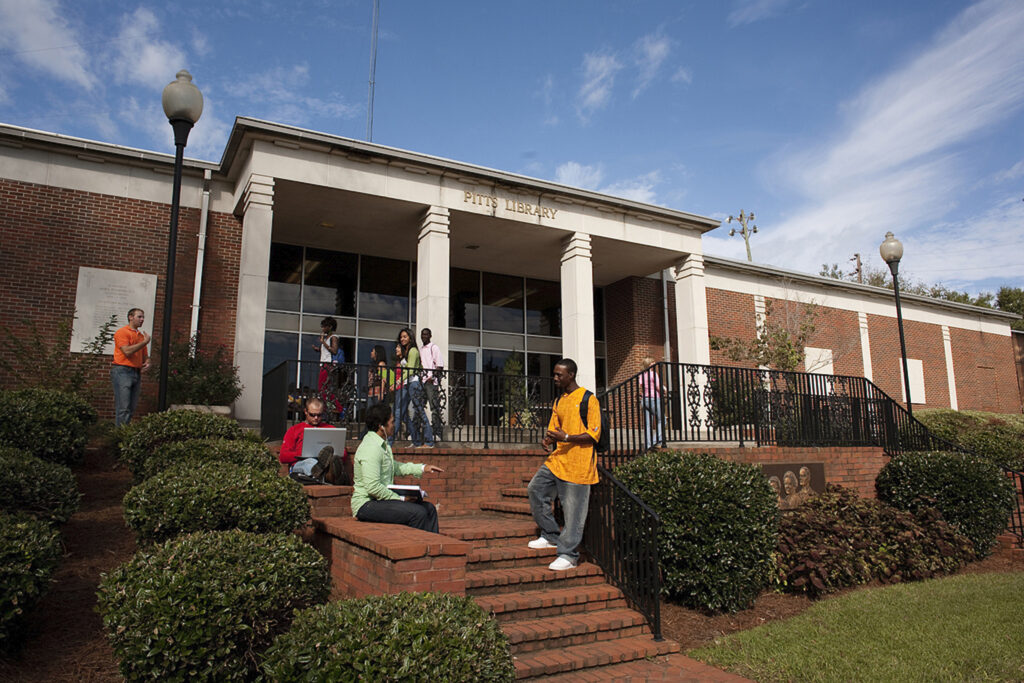
Image from Druidhills
Andrew College’s physical education heritage has remained strong over the years. Male and female students participate in intramural and intercollegiate games. By the early 1990s Andrew College had a men’s and women’s soccer team, a baseball team, a fast-pitch softball team, and a golf team.
Organizations play a vital role in the life of the college. Among the notable student-led organizations are the campus newspaper and literary magazine, Menagerie, and a chapter of Phi Theta Kappa, the international junior and community college honor society, which has been active on the campus since the 1950s. The chapter, the smallest in the nation, has won the national “Most Distinguished Chapter” award five times. The Choraliers, a choral group of talented men and women, perform throughout the Southeast, and both the art and theater departments have remained strong.
The 1980s and 1990s brought new physical growth to campus, including the Don Abbott Turner Dining Hall, the Rhodes Science and Computer Center, the Jinks Physical Education Complex, Fort Hall, and the Jones Chapel.
Most of the approximately 400 men and women enrolled at the college are from Georgia, Florida, and Alabama, with international students making up 10 percent of the student body in 2004. As a two-year liberal arts college, Andrew prepares its students to attend four-year institutions. More than 90 percent of the students who attend Andrew College transfer to four-year colleges and universities.


